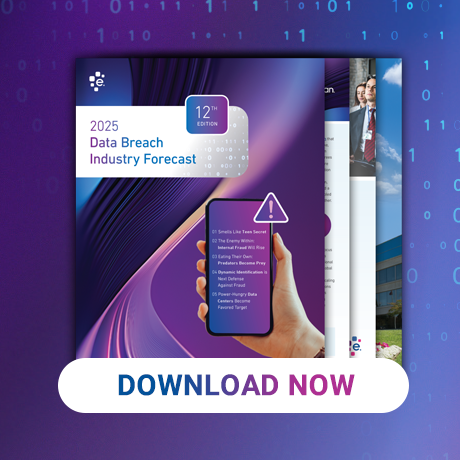Looking at true fraud rate
I’ve talked with many companies over the years about their fraud problems. Most have a genuine desire to operate under the fraud prevention model and eliminate all possible fraud from their systems. The impact on profit is often the primary motivation for implementing solutions, but in reality most companies employ a fraud management schema, offsetting the cost of fraud with the cost of managing it.
There are numerous write-ups and studies on the true cost of fraud. What most people don’t realize is that, for each item lost to fraud, a business operating on 10 percent net profit margins will need to sell 10 times the amount of product in order to recover the expense associated with the loss. These hard costs don’t include the soft dollar costs, such as increased call center expenses to handle customer calls.
Recently, some organizations have started to add reputational risk into their cost-of-fraud equation. With the proliferation of social media, a few unhappy customers who have been victims of fraud easily can impact an organization’s reputation. This is an emerging fuzzy cost that eventually can be tied back to lost revenue or a drop in share price.
Most companies say with pride that their acceptable fraud rate is zero. But when it comes time to choose a partner in fraud detection, it almost always comes down to return on investment. How much fraud can be stopped — and at what price? More informed organizations take all operational expenses and metrics into consideration, but many look at vendor price as the only cost.
It’s at this point that they start to increase their acceptable fraud rate. In other words, if — hypothetically — Vendor A can stop only 80 percent of the fraud compared with Vendor B, but Vendor A costs less than 80 percent of what Vendor B costs, they’ll choose Vendor A.
All of a sudden, their acceptable fraud rate is no longer zero.
This method of decision making is like saying we’ll turn off the security cameras for 20 percent of the day because we can save money on electricity.
On the surface, I understand. You have to be accountable to the shareholders. You have to spend and invest responsibly. Everyone is under pressure to perform financially.
How many executives, however, take the time to see where those lost dollars end up? If they knew where the money went, would they change their view?
We must be vigilant and keep our acceptable fraud rate at zero.



